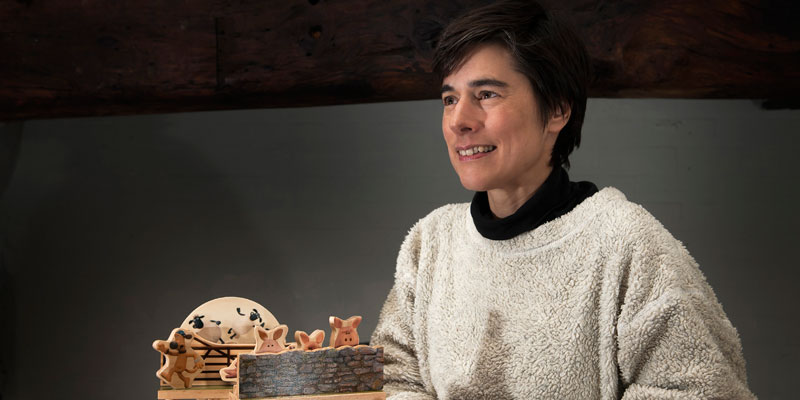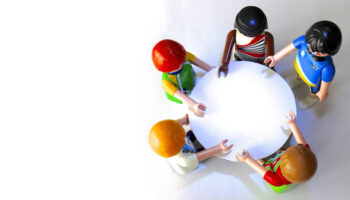What happens if I push that?

Timberkits Director Sarah Reast looks at why children remain fascinated by mechanisms – and how parents and toy firms have a role in helping to foster that natural curiosity and inventiveness.
“What happens if I push that?”
This is the most important phrase in designing for STEM and STEAM products. It’s a perfectly normal – and probably subconscious – question in every child’s mind when faced with a new object or opportunity.
Obviously, we want the exploration that leads from that question to be constructive, fun and safe, so the STEM and STEAM acronyms have a specific purpose in guiding purchases.
A quick Google search finds this definition:
‘STEM represents science, technology, engineering and maths. STEAM represents STEM plus the arts – humanities, language arts, dance, drama, music, visual arts, design and new media… STEAM investigates the same concepts but does this through inquiry and problem-based learning methods used in the creative process.’
‘Problem-based learning’ is an interesting phrase too as it means that ‘problems’ are a good thing to have and essential for learning. This cements the idea that STEM and STEAM products have to create genuine challenges and allows for an understanding that there is some problem solving to be done without perfect pre-determined outcomes.
Here at Timberkits the “What happens if I push that?” approach is as natural to us as breathing. All our kits are designed with bits that push, pull, wobble and waggle.

Some of this can be calculated using established engineering principles, but often there are totally random and unpredictable consequences to a mechanical action – especially when working with wood whose character cannot always be totally tamed. These ‘happy accidents’ can give quirk and energy to a model that could never be mathematically predetermined.
Designing products that enable someone to figure out how things can be made to move is what we are all about and nothing gives us more satisfaction than watching a child grab a model, turn it upside down and poke bits of it – usually while a parent goes ballistic in the background!
I love this picture below…

The look of absolute absorption on the girl’s face is brilliant! She really wanted to know how it worked. With this – our Jumping Timmy set – the lever is pushed up by a cam which makes the figure jump.
In a world dominated by neat electronic gadgets, we are denied the view of what actually makes things move and forget that children are naturally fascinated by mechanisms.
I often speculate about the origin of our inventiveness as the human race. I can easily imagine the discovery of the lever and the wheel but what prompted further experiments that lead to linkages, screws and gearing? The fact that this engineering evolution happened must be testament to an innate curiosity and instinct to experiment which is still in us now as much as it was then.
Timberkits are designed to allow mechanical exploration for all ages and it is so important that the adults join in the game too, either by building with children, re-discovering their own curiosity about what makes things work or giving kids free access to building tools and materials and not worrying about the ‘mess’!
—-
To stay in the loop with the latest news, interviews and features from the world of toy and game design, sign up to our weekly newsletter here

























